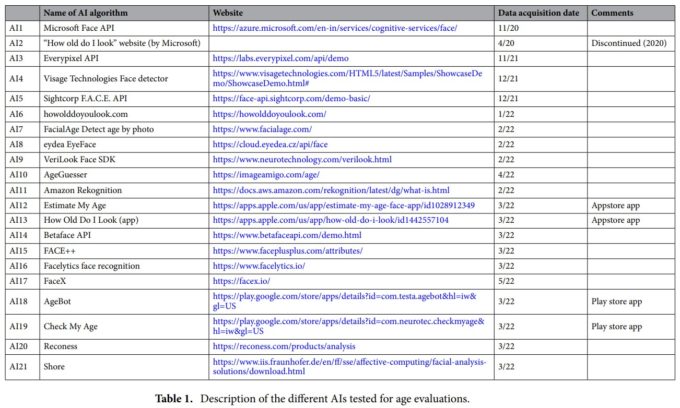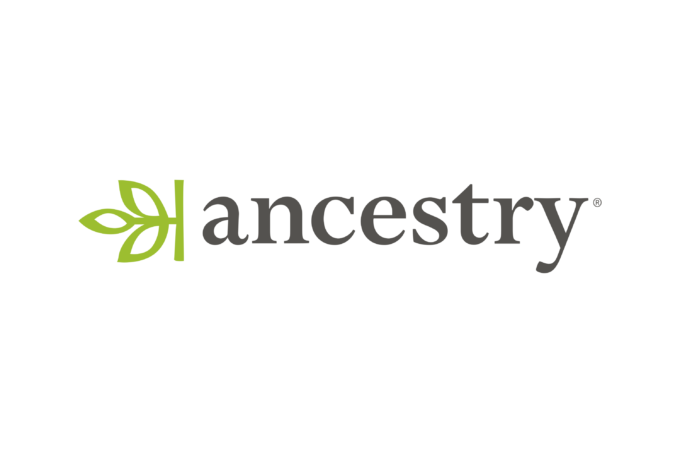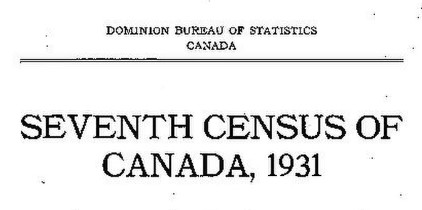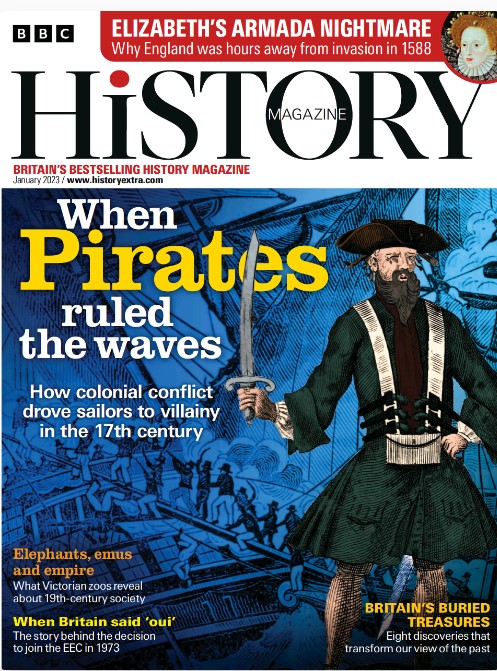Do you have an unidentified photo, perhaps in an album you inherited, with someone you suspect is in your family tree but aren’t sure about? Guessing the age, along with accessing dress and hairstyle, is a way to narrow the options, but how sure can you be?
You’ve probably had the uncomfortable experience of guessing someone looks older than they are. Good advice is to avoid guessing if you can; the error can be embarrassing. Guessing can be particularly tricky if they are unwell or have an unfamiliar ethnicity.
Estimating from a photograph can be problematic, too, with many factors confounding the ability to accurately estimate age, including familiarity with the person, the quality and lighting of the photograph, and the presence of facial features that are commonly associated with different age ranges (such as wrinkles, gray hair, etc.).
In general, people are better at estimating the ages of those who are closer in age to themselves, and have greater difficulty accurately estimating the ages of those who are significantly younger or older.
People in old photos may look older at the same age due to the grind of physical labour and poorer nutrition.
Could artificial intelligence (AI) help remove the human factor? A recent article Biases in human perception of facial age are present and more exaggerated in current AI technology (pdf) compared the performance of human observers and several AI programs in estimating people’s ages from photos of their faces. The results showed that present-day AI is even less accurate and more biased than human observers when judging a person’s age, even though the overall pattern of errors and biases is similar. AI tended to overestimate the age of smiling faces even more than human observers did, and showed a sharper decrease in accuracy for faces of older adults compared to faces of younger age groups, for smiling compared to neutral faces, and for female compared to male faces. The greatest deviation of estimated to real age is for older adults who are judged to be younger than their real age.

This table from the article lists the AI facilities used in the study in case you’d like to experiment.
 The first Historical Society of Ottawa in-person event for 2023, at 1 pm on Wednesday, 11 January, is a debate on “Marion Dewar or Charlotte Whitton? Which one was Ottawa’s most remarkable mayor?”
The first Historical Society of Ottawa in-person event for 2023, at 1 pm on Wednesday, 11 January, is a debate on “Marion Dewar or Charlotte Whitton? Which one was Ottawa’s most remarkable mayor?”



 The title Lancashire, England, Index of Wills and Probates Proved at Richmond and Chester, 1600-1858 originally posted on Ancestry last June, was updated last Thursday and now has 168,131 records. There’s a link to purchase a copy of the full record from the Lancashire Record Office.
The title Lancashire, England, Index of Wills and Probates Proved at Richmond and Chester, 1600-1858 originally posted on Ancestry last June, was updated last Thursday and now has 168,131 records. There’s a link to purchase a copy of the full record from the Lancashire Record Office.

 You will be pleased to learn this welcome news provided to me by LAC Media.
You will be pleased to learn this welcome news provided to me by LAC Media. It’s a year since Findmypast released the 1921 census for England and Wales.
It’s a year since Findmypast released the 1921 census for England and Wales. When Britain said ‘Oui’
When Britain said ‘Oui’